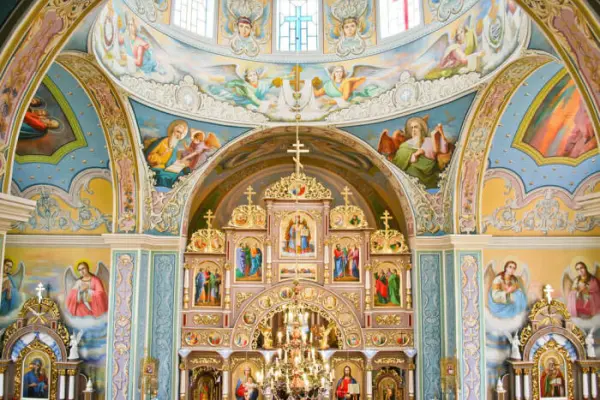The decoration of an Orthodox church is a complex artistic process, where each element carries profound spiritual meaning. In 2025, the cost of comprehensive decoration of an Orthodox church ranges from $50,000 to $3 million, depending on the project's scale. Turnkey church decoration includes all stages: from design to the consecration of the completed space. The embellishment of a church requires a special understanding of sacred traditions.
The interior of a church follows ancient canons established in the Byzantine Empire. Eastern Orthodox architecture has shaped unique decorative traditions that have been passed down through centuries. Church art combines traditional techniques with modern eco-friendly materials. Can anything compare to the grandeur of a church’s sacred space?
Important: When planning the decoration of an Orthodox church, every element must comply with canonical requirements and contribute to creating a prayerful atmosphere for the faithful.
Styles and Traditions of Church Art
Byzantine Style
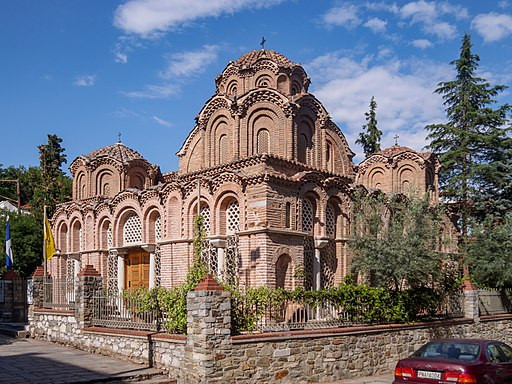 Byzantine traditions laid the foundation for Orthodox church decor. The central feature is the cross-domed composition with Christ Pantocrator in the main dome. Mosaic panels are made from smalt with a golden background, symbolizing divine light. In practice, I often notice that the Byzantine style creates the most solemn atmosphere for worship.
Byzantine traditions laid the foundation for Orthodox church decor. The central feature is the cross-domed composition with Christ Pantocrator in the main dome. Mosaic panels are made from smalt with a golden background, symbolizing divine light. In practice, I often notice that the Byzantine style creates the most solemn atmosphere for worship.
Russian Style
The Moscow school developed church art over centuries. Multi-tiered iconostases with intricate wood carving became a hallmark of Russian churches. Novgorod and Pskov traditions are characterized by more restrained decor and the use of local materials. It should be noted that each regional school contributed unique elements to church decoration.
Modern Interpretation
The 21st century has brought minimalist approaches to church art. Modern projects combine canonical symbolism with eco-friendly materials – like a symphony of tradition and innovation. Light tones and large stained-glass windows create a sense of openness while preserving spiritual depth.
Main Elements of Church Decor
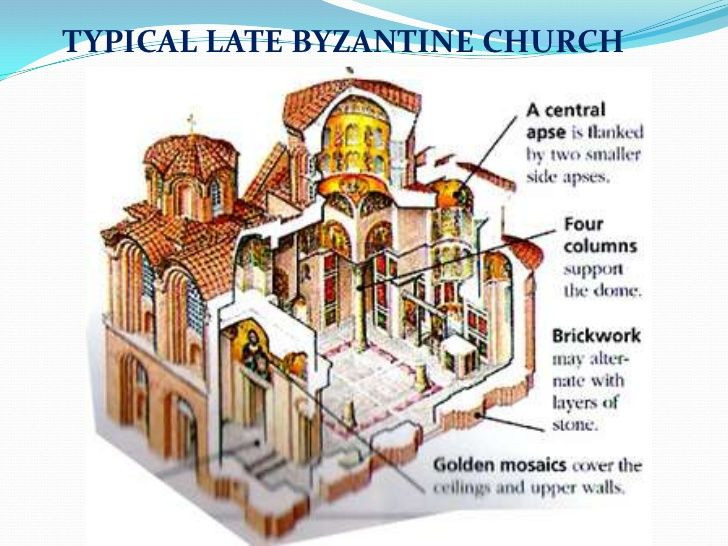
Symbolism of Colors and Forms
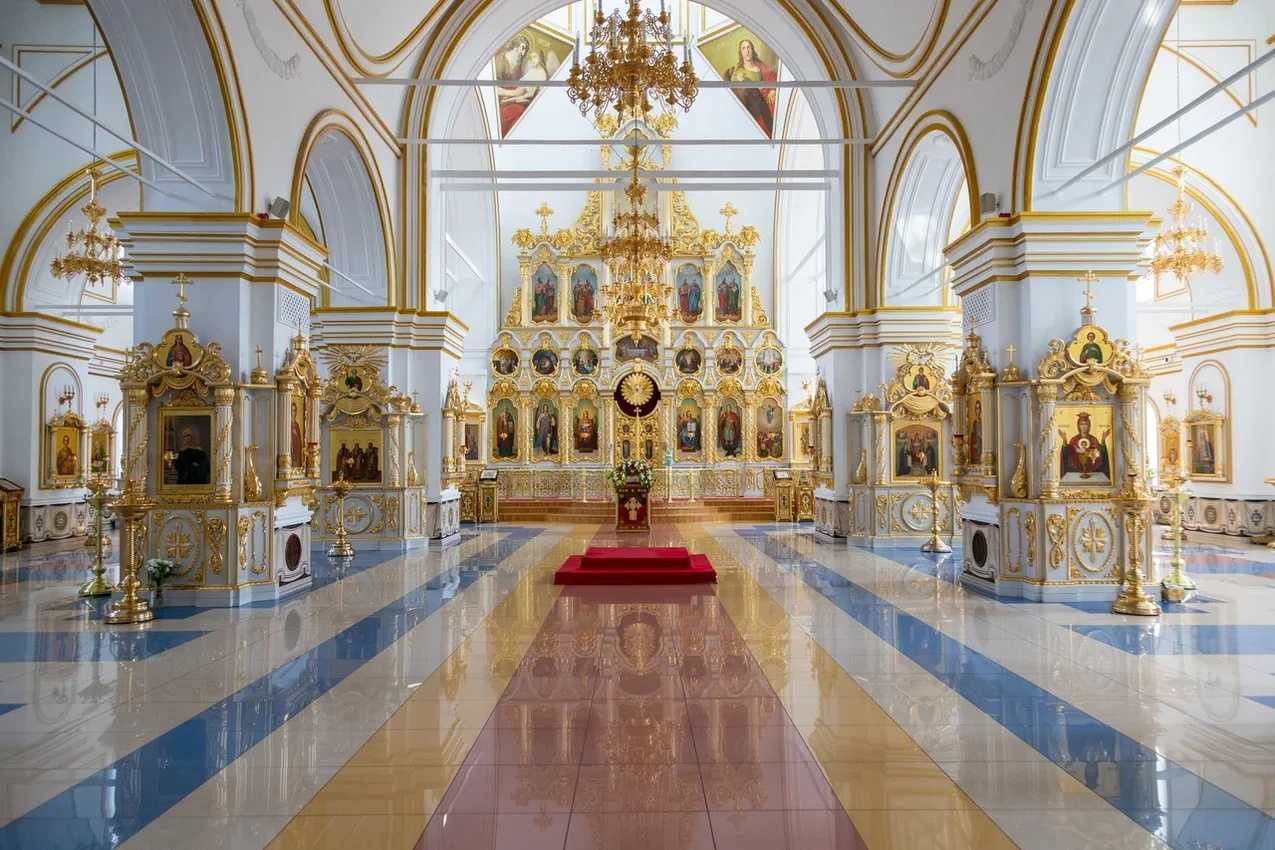 Each color in church art carries deep meaning. Gold symbolizes divine light and eternity. Blue represents heavenly purity and connection with the Theotokos. Red signifies the sacrificial love of Christ and the martyrdom of saints. White symbolizes purity and resurrection. It is known that the right combination of colors creates a harmonious space for prayer.
Each color in church art carries deep meaning. Gold symbolizes divine light and eternity. Blue represents heavenly purity and connection with the Theotokos. Red signifies the sacrificial love of Christ and the martyrdom of saints. White symbolizes purity and resurrection. It is known that the right combination of colors creates a harmonious space for prayer.
The decoration of an Orthodox church is based on a strict hierarchy of sacred images. The dome symbolizes the heavenly kingdom, where Christ reigns as the Almighty. Gilding of domes cost an average of $400–800 per square meter in 2024, but it creates a unique effect of divine radiance. The drum of the dome is traditionally adorned with images of apostles or Old Testament prophets, conveying the divine message to the world.
In practice, I often notice the particular importance of lighting in planning church decor. Proper lighting highlights the beauty of church wall paintings and creates the desired atmosphere. The solea of the church requires special attention – it is the place where the main liturgical actions take place. Considering structural features, the lighting of the solea should be sufficiently bright but not blinding.
It should be noted that the altar’s decoration is of primary importance. The altar table, the prothesis, and other sacred objects are placed here. Church utensils are made from noble metals and high-quality wood. Every detail is meticulously thought out.
Iconostasis – the Heart of the Church
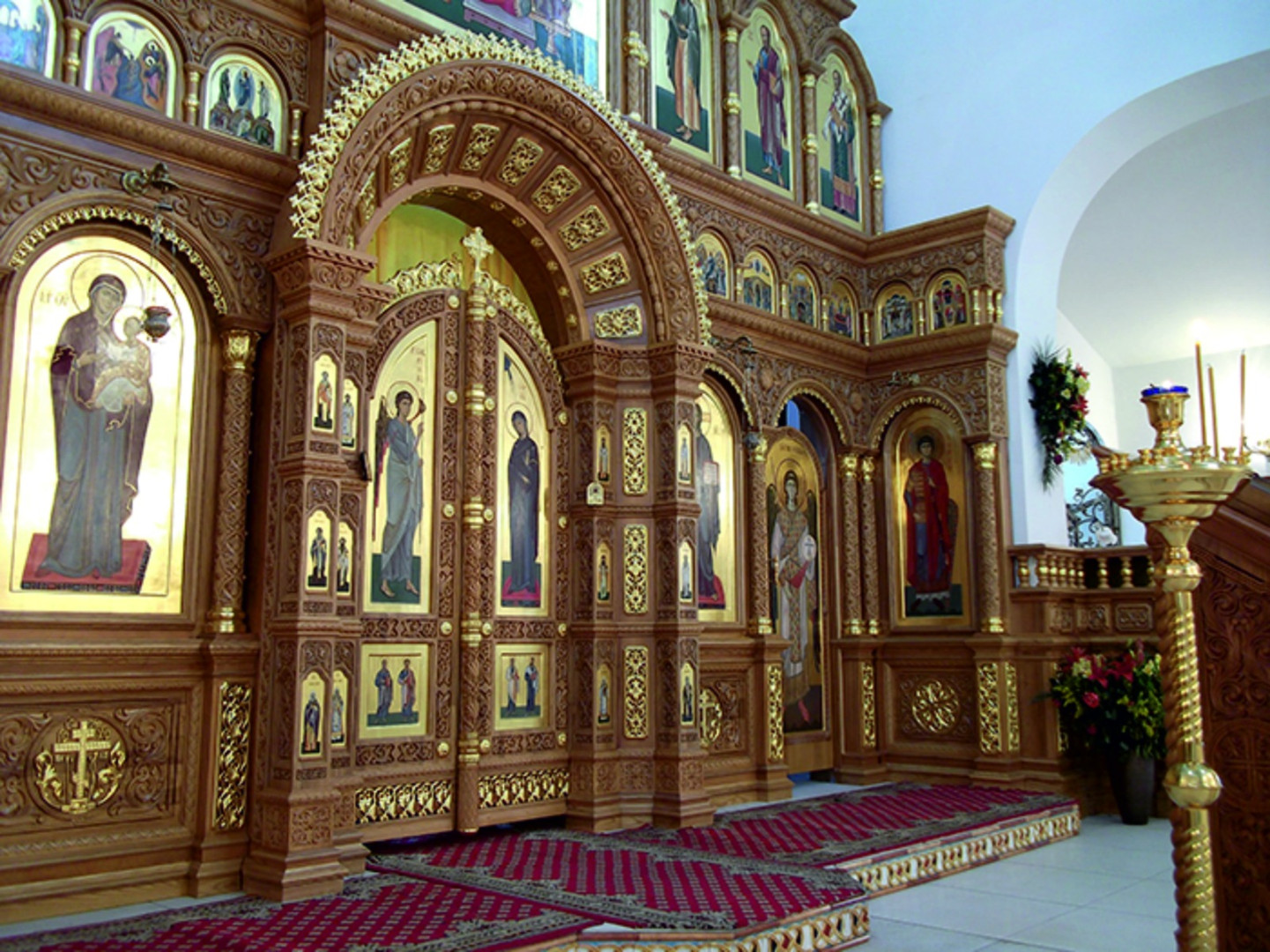 Church wood carving has reached the highest level of craftsmanship. Custom iconostasis production takes from 6 months to 2 years. Modern workshops use CNC machines to create complex decorative elements. But can a machine convey the soul of a craftsman?
Church wood carving has reached the highest level of craftsmanship. Custom iconostasis production takes from 6 months to 2 years. Modern workshops use CNC machines to create complex decorative elements. But can a machine convey the soul of a craftsman?
In one recent project, a team of craftsmen created a five-tiered iconostasis 12 meters high. Linden was used for carved elements and oak for load-bearing structures. The cost of such a project was $180,000. Thus, church embellishment requires significant investment, but the result justifies the costs.
| Iconostasis Type | Height (m) | Material | Cost ($) | Production Time |
|---|---|---|---|---|
| Single-tier | 3-4 | Pine, beech | 15,000-25,000 | 2-3 months |
| Three-tier | 6-8 | Oak, beech | 45,000-75,000 | 4-6 months |
| Five-tier | 10-15 | Oak, walnut | 120,000-200,000 | 8-15 months |
This table will help choose the optimal iconostasis type based on the church’s size and project budget.
Wall Paintings and Mosaic Works in Orthodox Churches
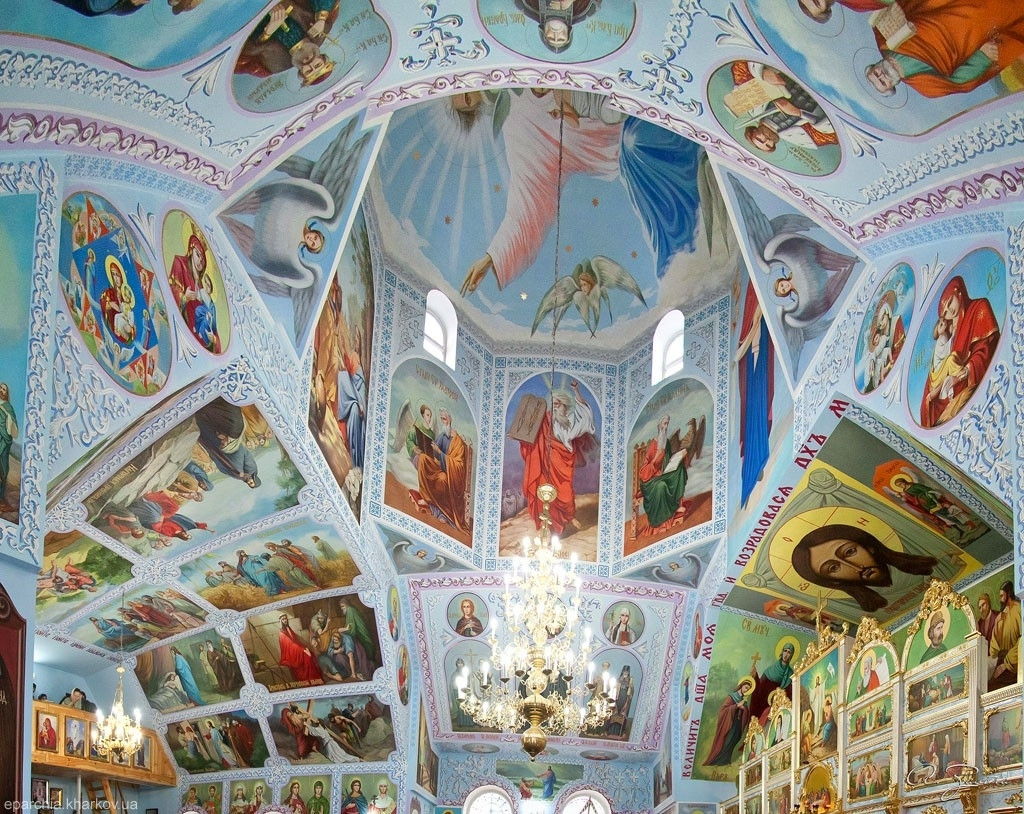 Frescoes in churches are created using ancient Byzantine techniques, particularly popular in Greece and the Balkans. Artists use mineral pigments and a lime base. Such paintings last for centuries without losing color. The cost of church wall paintings ranges from $120 to $400 per square meter, depending on the technique (tempera, fresco, oil painting) and the complexity of the composition.
Frescoes in churches are created using ancient Byzantine techniques, particularly popular in Greece and the Balkans. Artists use mineral pigments and a lime base. Such paintings last for centuries without losing color. The cost of church wall paintings ranges from $120 to $400 per square meter, depending on the technique (tempera, fresco, oil painting) and the complexity of the composition.
Orthodox church mosaics require special skill and patience. Each piece of smalt is laid by hand by mosaic artisans. In the Hagia Sophia, over 170 shades of smalt were used to create shimmering images. Modern projects incorporate evolutionary restoration approaches, combining traditional techniques with innovative conservation methods. It is known that a high-quality church fresco can last up to 500 years with proper care and a suitable climate.
A high-quality mosaic is like a precious necklace for a church. It not only adorns but also preserves the spiritual message for centuries.
Thus, modern technologies enable the creation of durable mosaic panels. 3D modeling helps accurately calculate material quantities and create detailed designs.
Church Furniture and Utensils
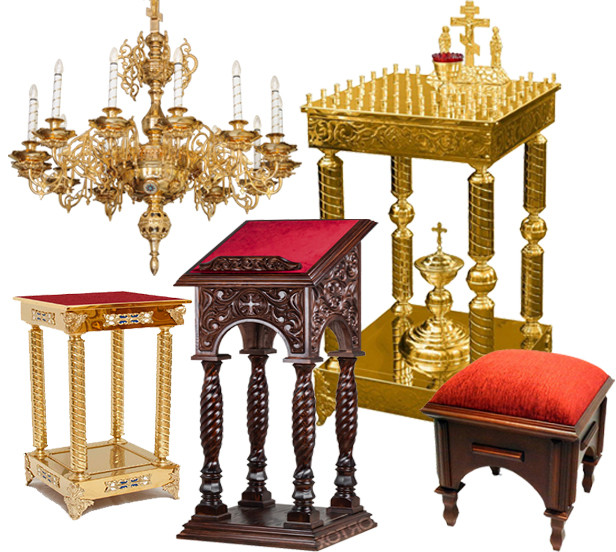 A wooden analogion is used to hold sacred books and icons. Its production requires strict adherence to canonical dimensions. The height is 100–110 cm, with a tabletop tilt angle of 10–15 degrees according to Orthodox traditions. In practice, working with private clients in Ukraine and Greece often reveals a need for custom analogion designs that match the church’s overall style.
A wooden analogion is used to hold sacred books and icons. Its production requires strict adherence to canonical dimensions. The height is 100–110 cm, with a tabletop tilt angle of 10–15 degrees according to Orthodox traditions. In practice, working with private clients in Ukraine and Greece often reveals a need for custom analogion designs that match the church’s overall style.
Icon kiots protect sacred images from damage and provide a dignified frame. Modern kiots are equipped with LED lighting and climate control systems. The cost of producing a high-quality kiot starts at $800 in Orthodox countries. Considering structural features, custom church furniture is made from hardwoods to ensure durability.
Modern Technologies in Church Construction
Innovative Equipment
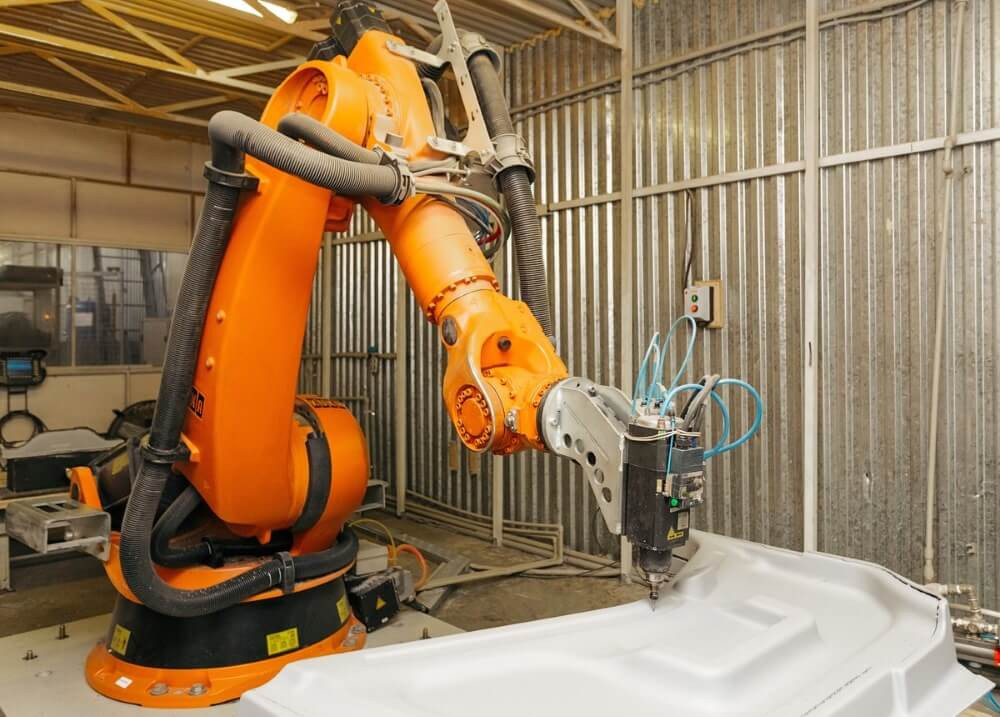 Digital technologies are revolutionizing church decoration. KUKA and DMG MORI CNC machines enable the creation of highly complex carved elements with 0.1 mm precision. Leica ScanStation laser scanners create accurate 3D models of existing structures for restoration work. It’s not always obvious, but the efficiency is impressive.
Digital technologies are revolutionizing church decoration. KUKA and DMG MORI CNC machines enable the creation of highly complex carved elements with 0.1 mm precision. Leica ScanStation laser scanners create accurate 3D models of existing structures for restoration work. It’s not always obvious, but the efficiency is impressive.
Iconostasis restoration using modern equipment reduces work time by 30%. Kremer Pigmente paints and water-based varnishes provide protection from UV rays and moisture. In one project last season, a 17th-century iconostasis was restored, preserving 98% of the original elements thanks to precise digital modeling.
Eco-Friendly Materials
It is known that environmental requirements are becoming a priority in church construction in 2025. Natural pigments based on ochre and ultramarine replace synthetic dyes. Linseed oil and beeswax are used as safe binding agents, ensuring safety for parishioners. The cost of dome gilding, using gold leaf and modern eco-friendly primers, ranges from $500–1200 per m², a 20% increase compared to traditional methods.
"In 2023, our workshop completed the restoration of an 18th-century iconostasis in one of Ukraine’s historic churches. The use of modern laser scanning and digital modeling technologies allowed us to preserve 95% of the original carving and restore the pristine beauty of the gold leaf gilding. The project took 8 months and cost $75,000, but the result exceeded all expectations of the client," shares master Andriy Mykhailov from a Kyiv restoration workshop.
Expert Advice: "When selecting materials for church decor in Orthodox countries, always prioritize time-tested solutions. Skimping on quality can lead to costly rework. In Greece, for example, local Pentelic marble is traditionally used for decoration, while in Ukraine, Carpathian oak is preferred for iconostases," recommends architect Olena Vorontsova, a specialist in church architecture with 15 years of experience in Orthodox countries.
In modern church construction, an eco-friendly approach is gaining popularity – as a responsibility to future generations and care for parishioners’ health.
Church Space Lighting
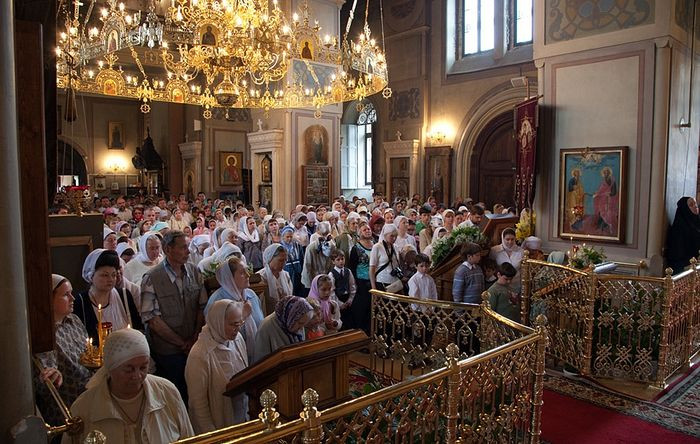 Proper lighting enhances the beauty of church decor. LED systems consume 80% less energy compared to traditional lamps. The cost of dome gilding includes expenses for illuminating elements, creating a special effect in the evening.
Proper lighting enhances the beauty of church decor. LED systems consume 80% less energy compared to traditional lamps. The cost of dome gilding includes expenses for illuminating elements, creating a special effect in the evening.
In practice, private clients often request dimmable lighting. This allows for creating different atmospheres during various services. Thus, modern technologies serve ancient traditions without violating their sacred essence.
Coordination and Legal Aspects
Ordering church decoration should follow obtaining a blessing from the diocesan administration. All decoration projects require prior approval from the diocesan architect and confirmation by the ruling bishop. The process takes 2 to 6 months.
Documentation includes a technical brief, preliminary design, working drawings, and a cost estimate. Special attention is paid to compliance with canonical requirements and building safety standards.
Choosing a Contractor and Quality Criteria
Key Selection Criteria
When selecting a contractor for turnkey church decoration, several factors should be considered:
- Experience with churches – at least 5 years of specialization in church projects
- Portfolio of completed projects – at least 10 finished churches
- Certificates and licenses – permits for restoration work
- Diocesan recommendations – positive feedback from church leadership
- Financial stability – insurance and warranty obligations
Church equipment can be purchased from specialized suppliers, but it’s better to choose contractors with a full production cycle – from sketch to installation. It should be noted that church decor requires a special approach to every element, from the smallest carving details to the overall spatial composition.
Common Mistakes and How to Avoid Them
Typical Issues
Mistake #1: Non-compliance with canons
Improper placement of icons or the use of non-canonical images can lead to a refusal to consecrate the church. Solution: mandatory consultation with the diocesan architect at all stages.
Mistake #2: Skimping on materials
Using cheap paints and low-quality wood shortens the decor’s lifespan. Rework costs 2–3 times more than the initial work. Iconostasis carving should be done with high-quality linden or oak; otherwise, elements may need complete replacement in a few years.
Mistake #3: Proportion violations
An incorrect iconostasis scale relative to the church’s size creates disharmony in the sacred space. It’s important to adhere to classic proportions: the iconostasis height should be 0.4–0.6 of the church’s height, or the structure will visually overwhelm the prayer space.
Project Planning: Step-by-Step Checklist
Checklist for the Client
- □ Diocesan blessing obtained for the work
- □ Total project budget determined with a 15–20% reserve
- □ Architectural style chosen in accordance with traditions
- □ Contractor’s licenses and insurance verified
- □ Schedule planned considering church holidays
- □ Sketches approved with the diocesan architect
- □ Premises prepared for the work
- □ Quality control organized at every stage
| Work Stage | Duration | Budget Percentage | Main Tasks | Regional Features |
|---|---|---|---|---|
| Design | 1-2 months | 10-15% | Measurements, sketches, 3D model | In Greece – coordination with archaeological services |
| Iconostasis production | 4-15 months | 35-45% | Carving, assembly, gilding | Ukraine – Carpathian oak, Greece – local woods |
| Wall painting | 2-8 months | 25-35% | Wall preparation, painting | Byzantine style in Greece, mixed traditions elsewhere |
| Installation and assembly | 1-2 months | 10-15% | Equipment installation | Consideration of seismic activity in some regions |
This outlined scheme will help properly plan time and resources for comprehensive church decoration.
Conclusion
The decoration of an Orthodox church is a sacred art requiring deep understanding of spiritual traditions and the highest craftsmanship. Professional decoration of an Orthodox church creates a space for prayer and spiritual growth for generations of the faithful.
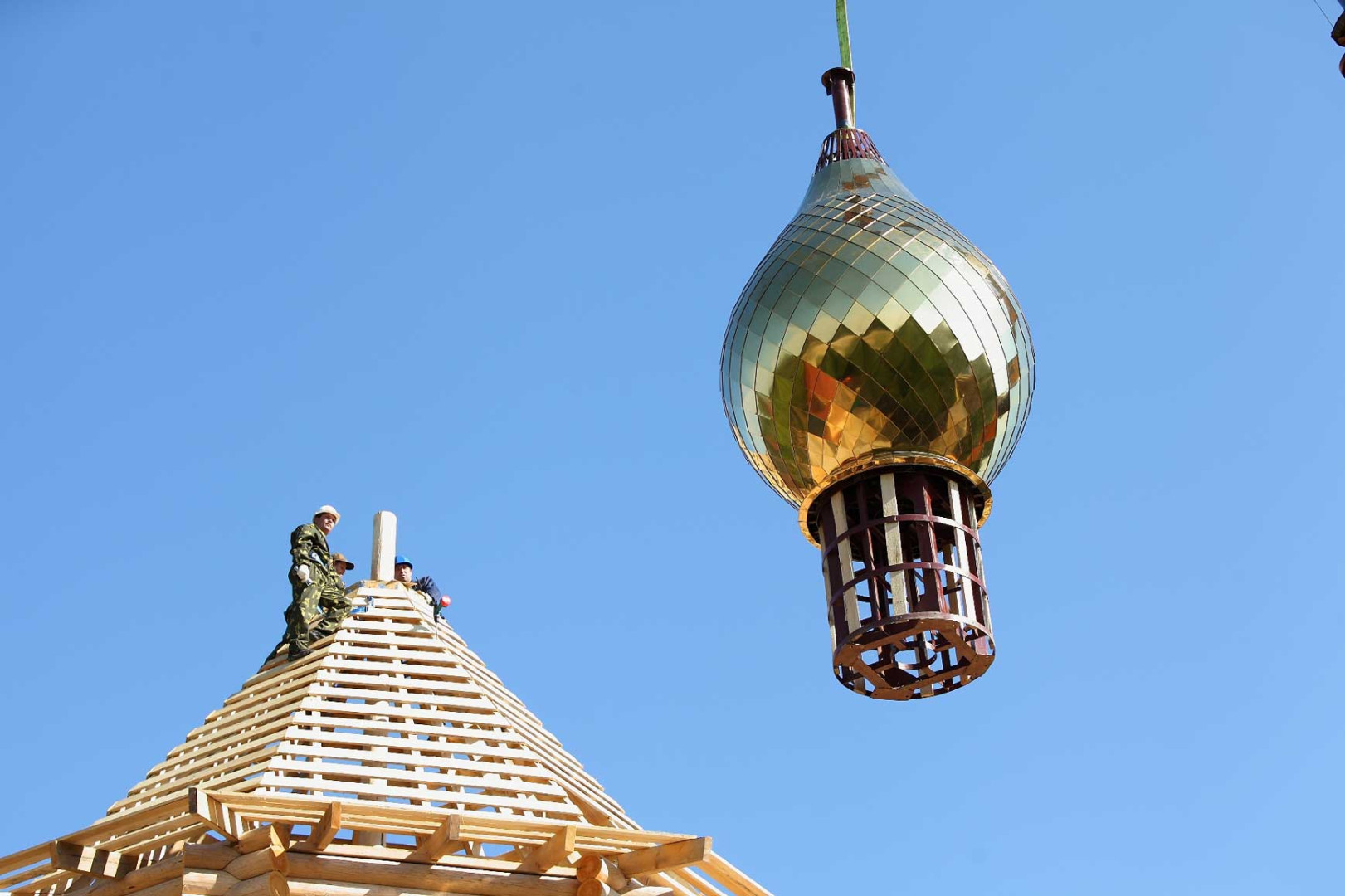
High-quality church interior decoration becomes a bridge between the earthly and the heavenly, helping every parishioner feel the presence of the Divine. Each element of church decor – from the majestic iconostasis to the finest paintings – serves to glorify the Creator and guide in faith.
Investments in church embellishment yield spiritual fruits for centuries, creating a sacred space where Heaven and earth meet in the unified prayer of the Orthodox community.
